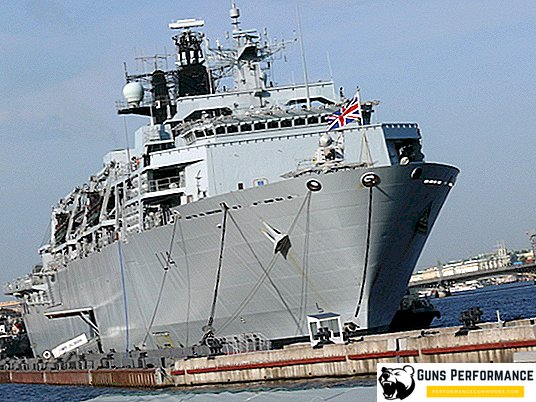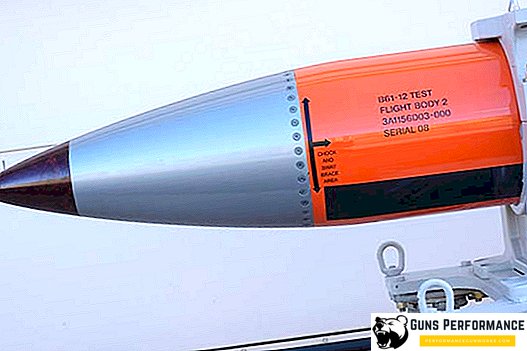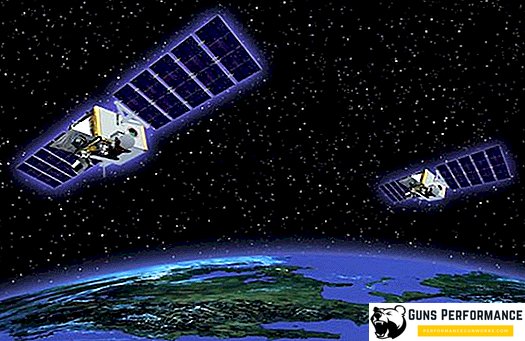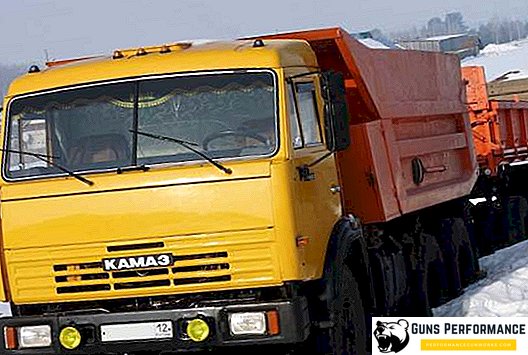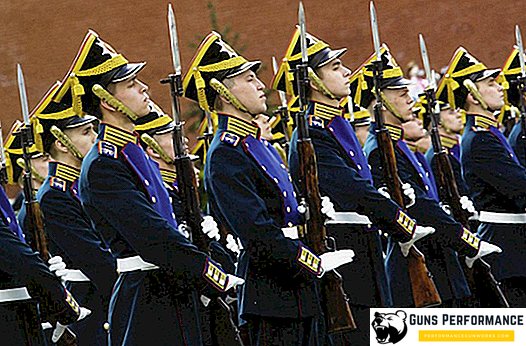Recently, the Japanese corporation Japan Marine United at its shipyard in Yokohama launched a new destroyer "Maya", which is the lead ship of the same name series of destroyers. According to Japanese media, he will become part of the Japanese Self-Defense Forces in 2020. Until that time, the new destroyer will undergo sea trials.

The destroyer type "Maya" is the development of the Japanese family of destroyers with guided missiles. The length of the new ship is about 170 meters, the displacement is estimated at 8,200 tons. The ship's speed reaches 30 knots. Details about the combat equipment of the ship are not disclosed, but it is likely that the base for it will be the modernized weapons of destroyers of the Atago class. Obviously, the ship will have a wide range of missile weapons, including SM-6 and RIM-161D SM-3 missiles from the Aegis system. This American-made system, capable of hitting targets even at extra-atmospheric heights, provides both anti-missile and anti-air defense at all echelons. It makes the ship an important link in the protection of the Japanese islands from the North Korean, first of all, short- and medium-range ballistic missiles. There is no doubt that in the conditions of increasing by all countries of the submarine fleet region, the destroyer will inherit from the previous models anti-submarine missiles RUR-5 "Esrok". The installation of the accompanying torpedo, small anti-aircraft and auxiliary artillery weapons is also obvious.
From all this it follows that the ship will become a typical modern destroyer with URO, capable of performing any current tasks, whether it is the fight against air, surface or underwater threats. In a limited range, the ship will also be able to hit coastal ground targets. But there is no doubt that the main targets of the destroyer will be ballistic missiles of a potential enemy from the continent.
Since the beginning of the new millennium, Japan has been actively developing its own military-industrial complex. The main impetus was numerous territorial disputes with South Korea, China and Russia. In addition, the DPRK nuclear missile program leads the Japanese authorities to the logical conclusion that Japan alone can protect itself. The current modernization program of the country's Self-Defense Forces looks like an obvious answer to the listed challenges. Over the past 10 years, 4 modern squadron helicopter carriers of the Hyuga and Izumo types and 7 destroyers of various classes and modifications were introduced into the fleet. Already next year, the second destroyer of the type "May" will enter service. In addition announced the expansion of the number of Japanese submarine fleet from 18 to 22 combat units. It is worth noting that 10 of 18 submarines were launched later in 2008. This makes the Japanese submarine among the most modern in the world. The next step to create a full-fledged powerful fleet could be the construction of its own aircraft carrier. The question of this has already been raised in the country's parliament by the liberal-democratic party of Japan in the spring of 2018.

Recall that by the results of the Second World War, Japan was forced to disband the armed forces and the fleet. Moreover, in 1947, according to the ninth article of the Constitution of Japan, the country completely refused to conduct any military conflicts outside the country. Since then, legally, Japan does not have its own army and navy. But the de facto Japanese Self-Defense Forces became its armed forces. As the name suggests, they were created solely for defense purposes. However, in 2015, the Japanese government issued a new bill that significantly expands the capabilities of the country's armed forces. According to the law, Self-Defense Forces can be used as part of a collective defense to protect friendly states. An attack on Japan itself is not necessary. In accordance with last year’s decree of Prime Minister Shinzo Abo, the ninth article of the constitution should be revised until 2020.
It becomes obvious that Japan is once again returning its military forces to the list of the most combat-ready in the world. The stronger the neighbors of the Japanese archipelago became, the more militarization was the country of the rising sun. Probably, soon we will see the final elimination of legal obstacles to the growth of the power of the Japanese armed forces. It remains to hope that the reasons why these obstacles were set will not be forgotten.


